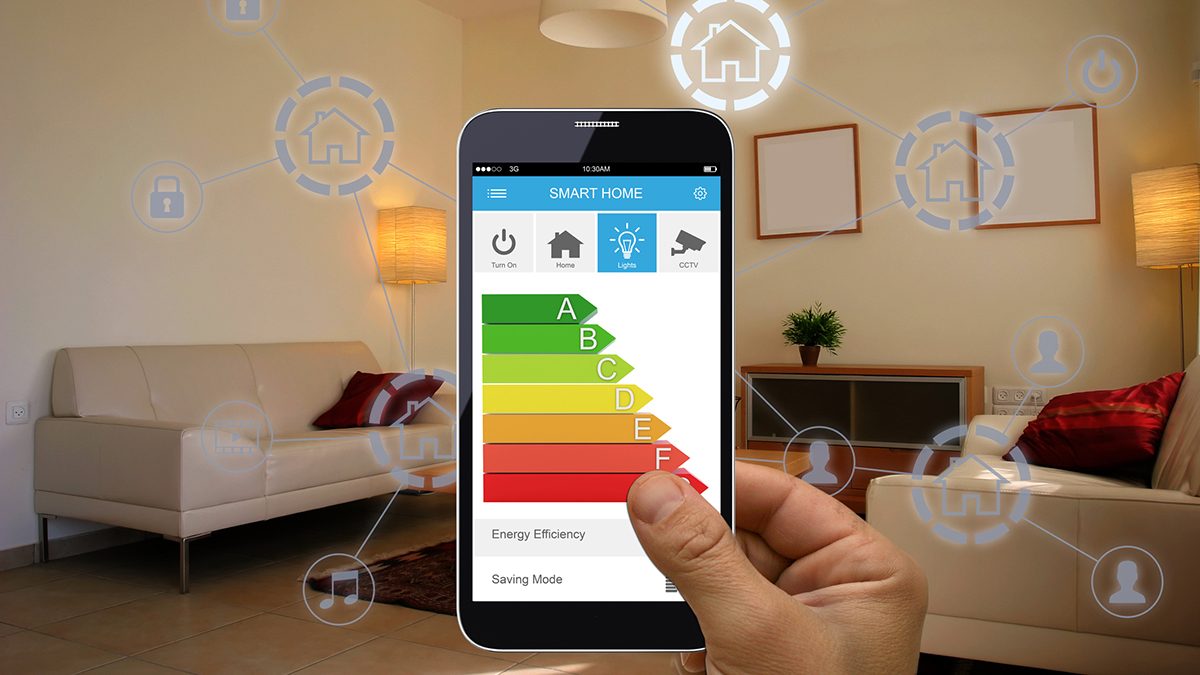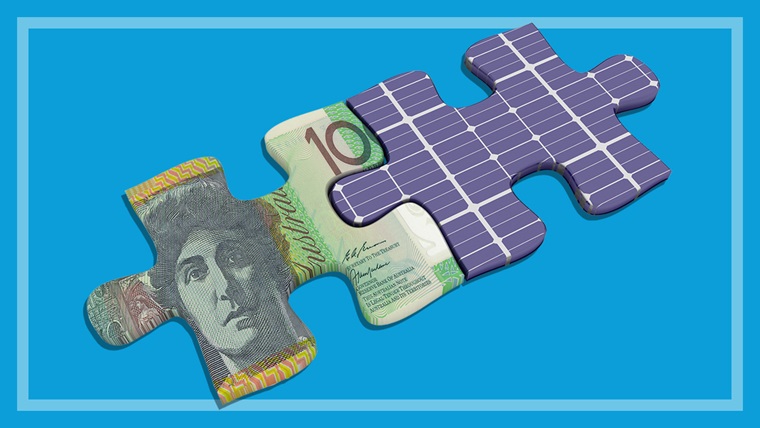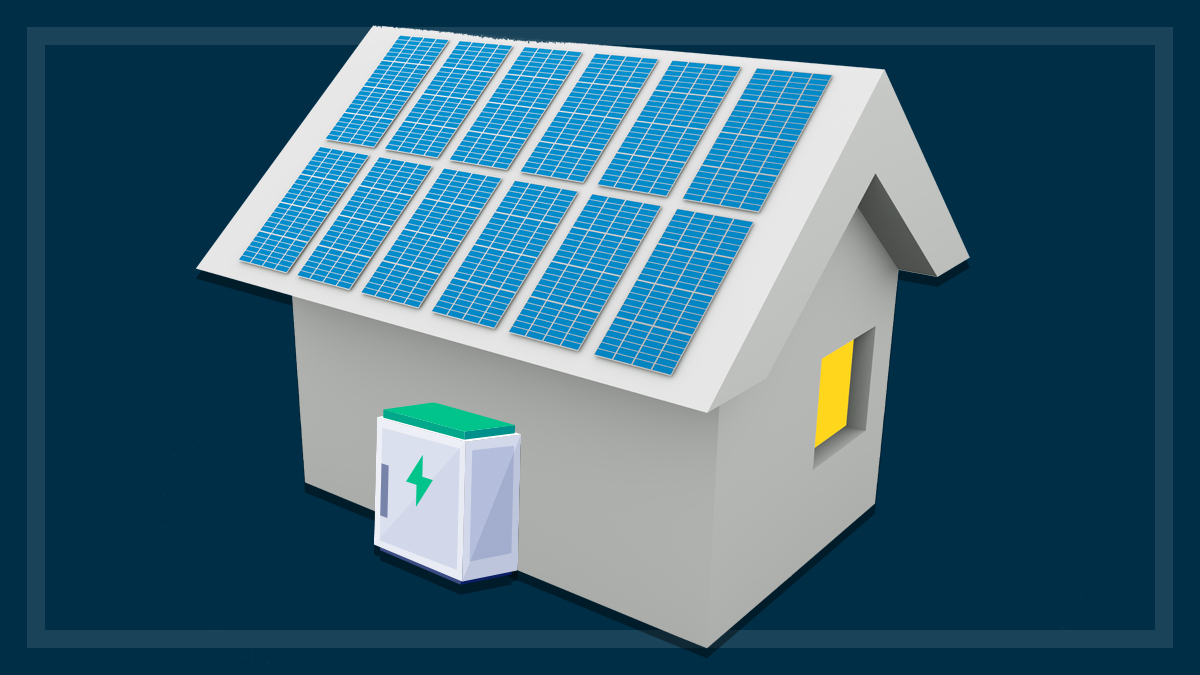Get our independent lab tests, expert reviews and honest advice.
How consumers can take action on climate change

After an unprecedented, disastrous and confronting bushfire season, climate change has never felt as local as it suddenly does.
The immediate impacts of the disaster have been severe. The loss of life, property and nature has affected thousands of Australians. Many have donated to fire-fighting or disaster relief organisations, and that is money that is badly needed. Australians want, in some way, to put effort into helping where help is needed.
2019 was Australia’s warmest year on record
What ought to have been a regular bushfire season was transformed into a tragic, disastrous and unfamiliar one partly because climate change worsened the conditions required for devastating bushfires.
Since the industrial revolution, the greenhouse gas emissions released by our species into the atmosphere have warmed the planet, and that is why 2019 was Australia’s warmest year on record. We need to figure out how to live good lives that aren’t emissions-intensive lives. And as much as we want to help in the immediate sense with relief and fire-fighting, we want to help in the grander, atmospheric sense too.
The impact of energy
Much of the resolution of climate change involves broader, systemic changes. Policies must be implemented, corporations must make massive changes and cities, agriculture and transport all need to engage in daunting transformation over the coming decades to pull the warming trend back down towards safety.
But this is a challenge in which every person is needed and change has to happen on all scales. With that in mind, there are a range of immediate, high-impact and significant options available to Australians keenly searching for ways to help.
The electricity sector still produces the most emissions in Australia
Electricity is responsible for a large chunk of global CO2 emissions, because we burn coal, oil and gas at an incredible scale to generate it. It is still the sector contributing the most emissions in Australia. It is also the deepest well of potential change – rapid, accessible and pleading to be tapped.
Australians have already been directly funding one of the fastest, largest-scale transformations in the world. The Renewable Energy Target scheme, running since the early 2000s, uses a small (between about 4–10%) environmental charge on bills to fund investment in renewable energy, including large wind and solar farms. Total renewables produced around 5% of the National Electricity Market (NEM) in November 2007, and 26% in November 2019.
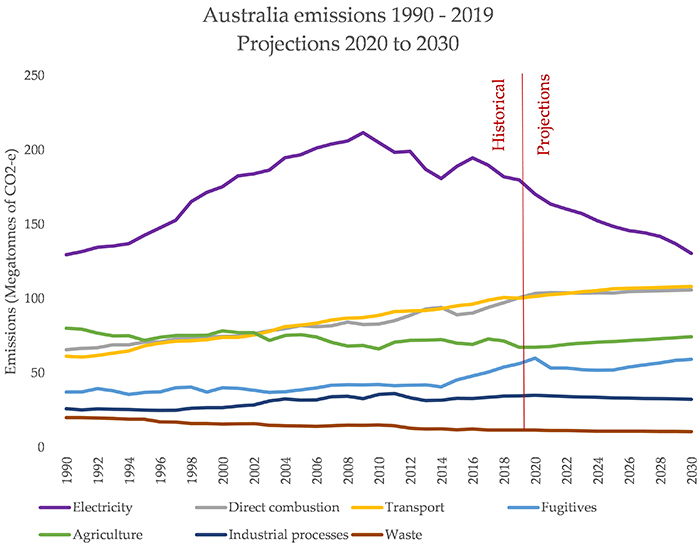
The spread of solar
Australian households have already become major participants in the country-scale effort to upgrade the electricity system to safe technology. Rooftop solar has grown from 0.1% of Australia’s total energy consumption in 2007–08 to 7.8% in November 2019.
By my (rough) calculations, the citizens who installed rooftop solar over this time avoided emissions of roughly 35 million tonnes of CO2 equivalent greenhouse gas emissions up to the end of 2019 (roughly matching emissions from four years of all domestic flights within Australia).
The collective actions of these individuals have resulted in a significant change to the operation of Australia’s biggest grid and made a sizeable dent in the country’s emissions trajectory.
Rooftop solar is making a sizeable dent in Australia’s emissions trajectory
If you want to be part of this change, the process is simple. CHOICE has published detailed reviews of solar panel options for households in Australia. They have also partnered with the CSIRO to perform rigorous tests of available options. Increasingly, battery systems are getting cheaper. These allow consumers to store solar or grid power and re-deploy it later.
If solar power is an option for you, there are many resources available to help you make an informed decision.
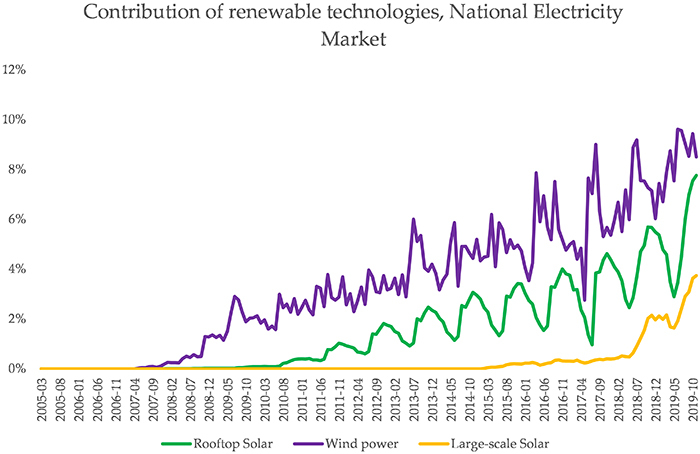
Other options for solar
There are many properties in Australia that aren’t suitable for solar power. Long-term renters, people in apartment blocks or those with tall obstructions around their house can’t participate in direct solar ownership. Community power is the next logical place to look. The Citizens Own Renewable Energy Network Australia (CORENA) is a not-for-profit organisation dedicated to supplying the hard math on the work of donations.
These donations flow towards renewable energy projects that are owned by citizens rather than corporations, allowing the benefits to flow directly and immediately back to the involved individuals. Other options for supporting community energy include C4CE, Pingala, and Enova. Direct financial involvement in these projects, whether through donation, investment or partial ownership, is a brilliant way for people to put themselves to work contributing to climate action.
These donations flow towards renewable energy projects that are owned by citizens rather than corporations
Using less electricity is incredibly powerful, too. It may not be quite as sexy as sleek solar panels or big community wind turbines, but Australia has an excellent energy consumption labelling system, and paying closer attention to this can result in big savings, alongside a reduction in emissions. CHOICE’s guide on energy saving is a must-read.
Switching electricity providers is a powerful statement, too. CHOICE’s Transformer project analysed thousands of electricity bills and provided customers with a tool for making the switch. The reports include environment and sustainability.
Through the effort of millions of Australians the state of the electricity sector is improving – and there is plenty of potential for that to accelerate in the near future. But there is another sector in Australia’s emissions that needs far more care and attention: Transport.
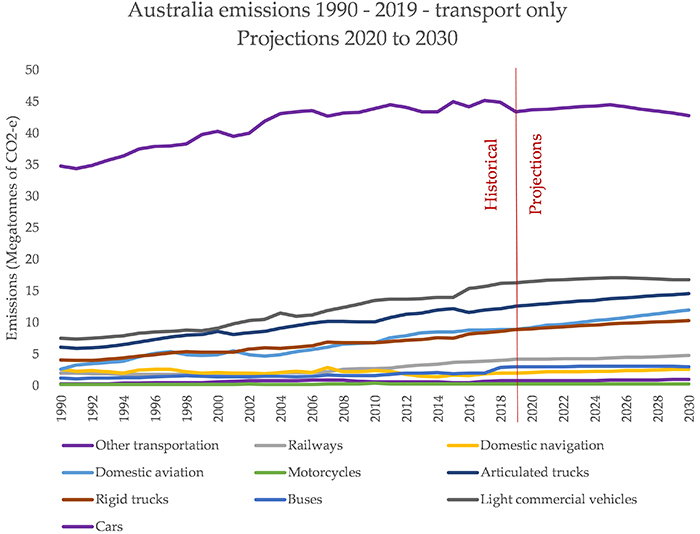
Tackling transport emissions
The contribution of the combustion engine to Australia’s emissions trajectory is regularly underestimated. Like electricity, there is huge potential here that doesn’t require major technological breakthroughs. Most significantly, these are changes that can be achieved by involved citizens.
The solutions here are simple. Avoiding car trips where possible and replacing them with walking, cycling (or e-cycling) and public transport, can reduce the number of kilometres you drive through the year. Slowly, electric vehicles are becoming an option for Australians, so if you’re in the market for a new one, read CHOICE’s guide on keeping them juiced up. You can also factor emissions intensity into your decision when buying a new car.
Household-level changes can have significant, industry-changing impact
Globally, efforts to tackle climate change will require strong action by governments and large corporations. But now more than ever in Australia, there is an intense desire to help reverse a horrible threat in a more immediate, tangible sense. The rise of rooftop solar in Australia has proven that small, household-level changes can have significant, industry-changing impacts on an entire country’s emissions trajectory.
Beyond the numbers, taking direct part in climate action creates a cultural change – a movement which we are all invested in seeing through to the end – like attending protest marches and demanding more from political representatives and corporations.
These actions are bigger than the sum of their parts. That is borne out in both the data and the cultural shift happening across Australia right now, and the more people who become directly involved in strong, immediate action the better.
DISCLAIMER: This op-ed was written for choice.com.au by Ketan Joshi, a veteran of the Australian renewable energy sector who has worked in both government and private industry, in organisations big and small. He is currently finishing a book on the future of Australia’s emissions reductions. Follow him on Twitter

